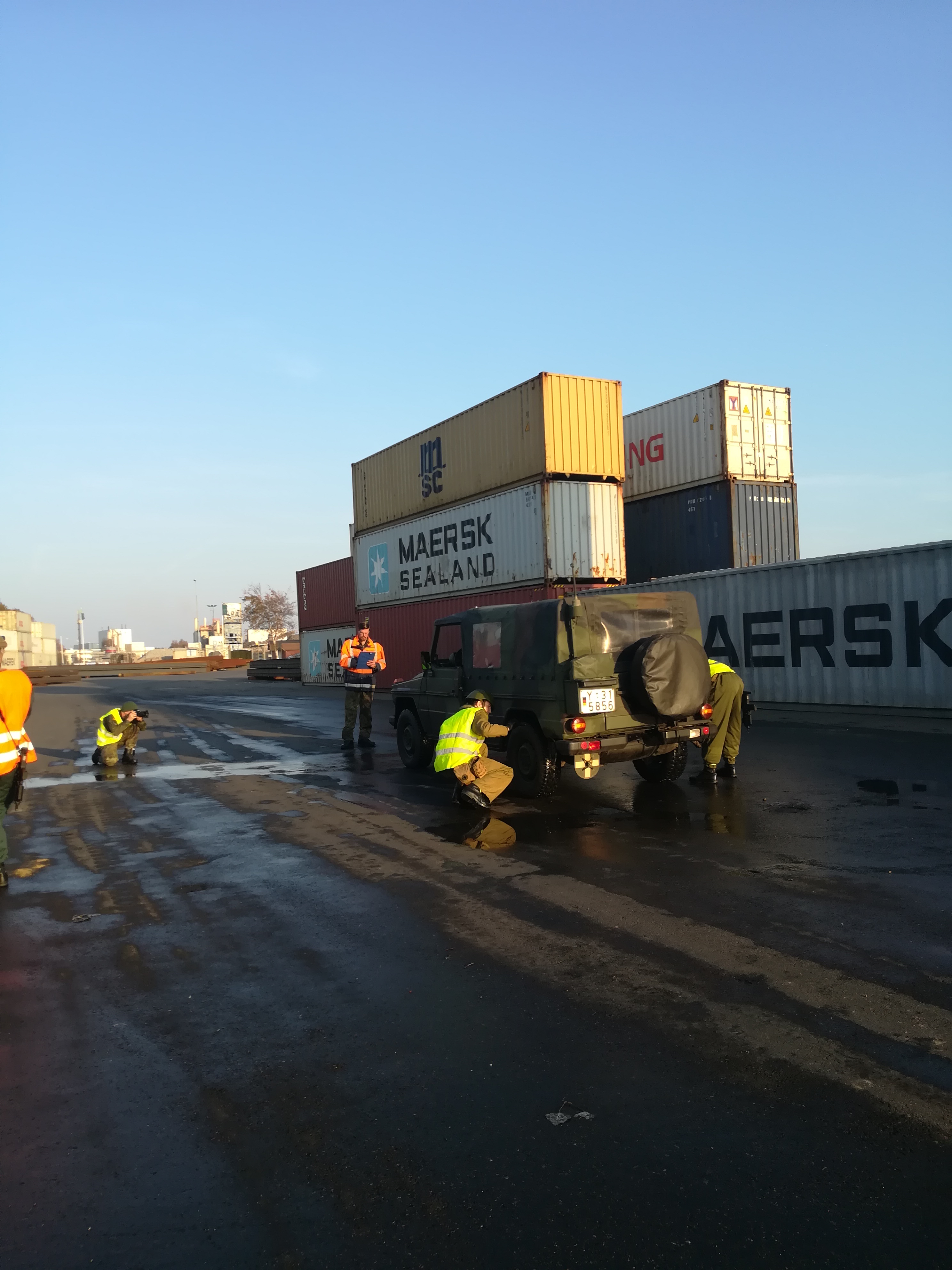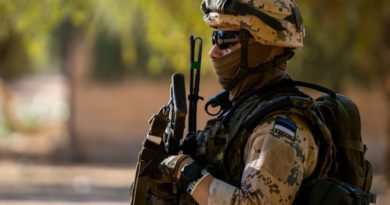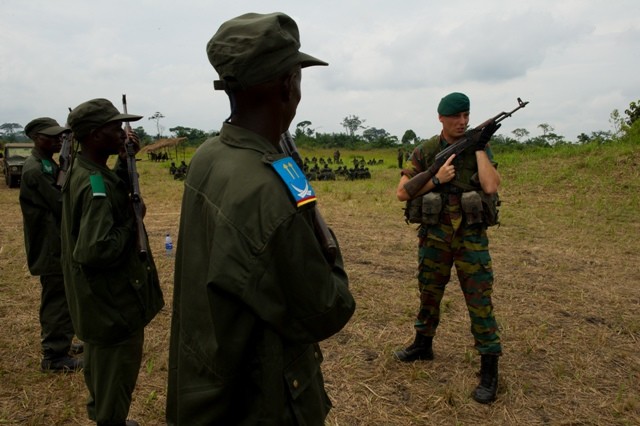At Trident Juncture, transporting all this equipment, what a journey!
(B2 in Fredrikstad) Exercise Trident Juncture is NATO's largest exercise since the end of the Cold War. With more than 50.000 pairs of boots on Norwegian soil, from 29 countries, the country has been experiencing a real choreography for several months.
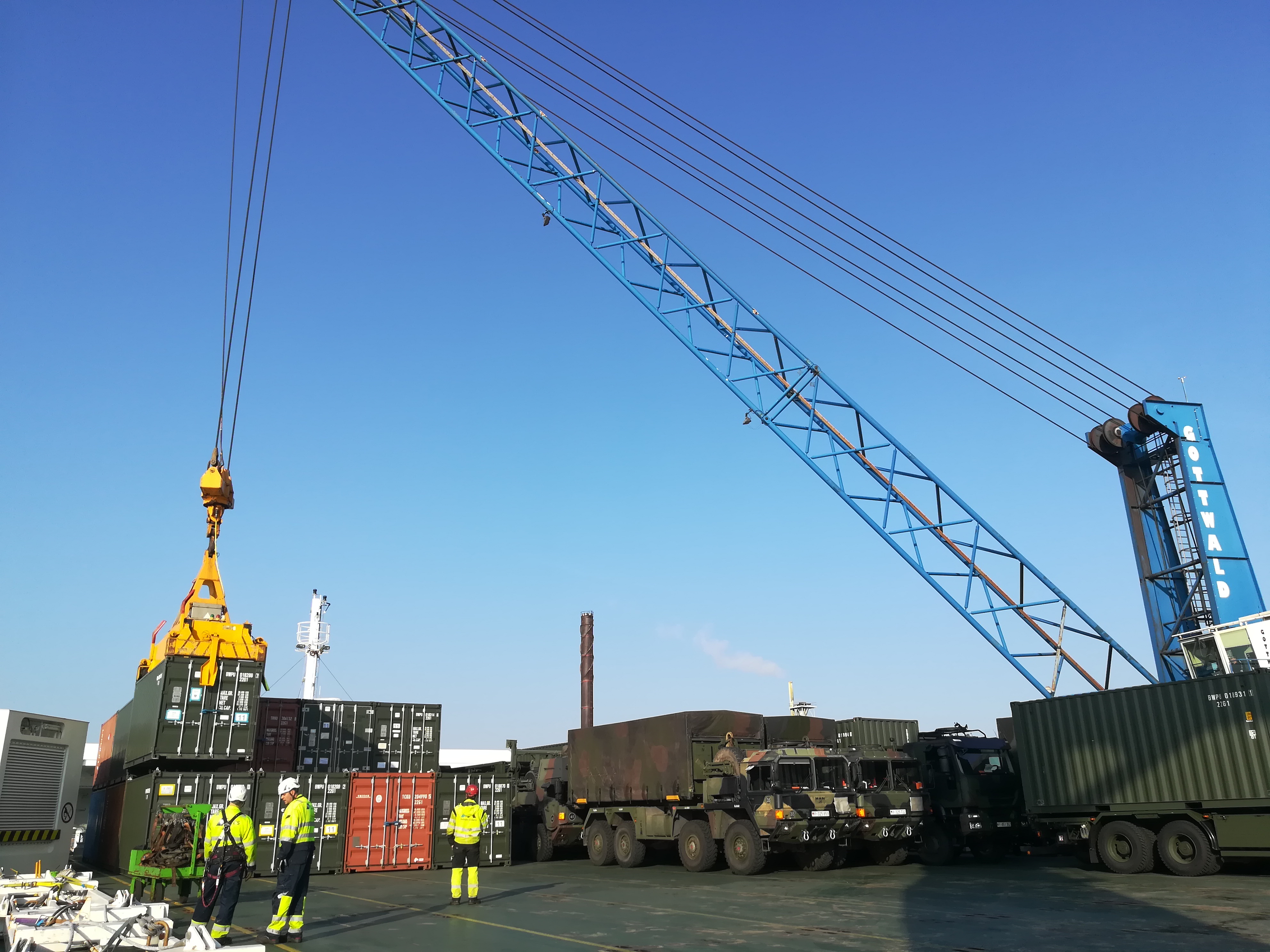
In the port of Fredrikstad, Norway, the arrival of tanks, vehicles and containers has become a daily occurrence. B2 was present on Thursday (October 11) for this life-size demonstration of the test of strength constituted by the transfer of military equipment in large numbers from one point to another in Europe.
A gigantic land for logistics
In this port, Americans, Poles, Dutch, Germans and British disembark. To transport the approximately 10.000 vehicles and other equipment, approximately 2200 containers are needed in 60 boats, and mobilize 5 ports, not to mention the plane (180 flights and 4 airports), the train (5 train tracks) and the road. (10 main supply routes).
A long-term preparation
It is therefore an exercise that deserves a long time to organize. " When you travel, you often cross at least two borders and each country has its own regulations. This wastes time and requires planning in advance, setting up a whole planning and logistics “, describes the second lieutenant Mark Dryfhout of the 39th Transportation Battalion de the US Army.
First step: transport equipment and troops
The first phase of the exercise was logistics. It began this summer with the 'logisticians' ('enablers'), who set up the storage camps in Norway, the host nation. Then the trucks, with the fuel supplies, arrived, followed by the heavy equipment (like the tanks), and the troops by plane. Everything should be there for October 24. The objective is to test NATO's strategic mobility: the ability to to deploy the appropriate forces at the time and place necessary, on its territory, to react quickly to a crisis and to have forces available to defend our allies “, underlines the German general Ullrich Spannuth, who commands the VJTF, the new so-called 'spearhead' force of the Atlantic Alliance (read: The spearhead unfolds).
One watchword: adapt
However, certain parameters complicate planning that is too perfect. For example, German equipment is handled only by Germans, as vehicles arrive by boat and troops in general by plane, if they do not arrive in time, the system seizes up. " Plans change all the time: the weather, schedules, it's all about adaptation and coordination remarks Lieutenant-Colonel Bill R. Kost of the 39th Transportation Battalion (MC) of the US Army.
Even the software do their part
From this perspective, " the biggest challenge is getting the numbers right he continues. In the context of moving equipment, " We use 'NATO' software where, for example, the Germans enter the precise number of vehicles they are sending. On our side, we receive this number and we plan their movement once they arrive, with different transport equipment, the necessary soldiers, a time slot... If the number entered is not correct, or not communicated, it is the whole organization that needs to be reviewed ". And so wasted time.
No guarantee of before being in the field
« We only see if the plan is working once we execute it and that's why we're here today “, tells us Lieutenant Colonel Michael Wagner, commander of the 93rd armored battalion of Münster of the Bundeswehr. For this battalion which sends nearly 700 personnel and 200 vehicles and containers, “ strategic movement is a huge planning challenge ».
Please note, a visit to the veterinarian is mandatory
Exercise is necessary, for example, during the veterinary inspection, which trains staff to act quickly. It's like everything, it's a habit to take: about five minutes per equipment, the Norwegians in charge of the inspection of animals, and other possible carriers of diseases know where to look. Among other things, it is quite possible to find a bird's nest strewn in a corner of the vehicle...
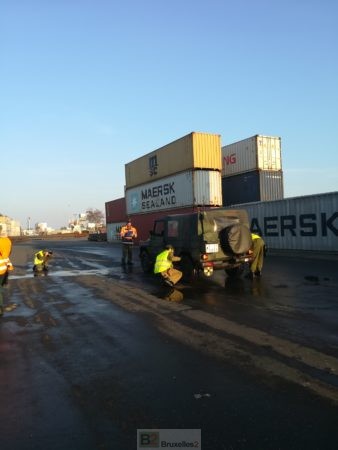
... and in the shower
The equipment is certainly cleaned before boarding their boat, but this is not enough when they arrive on the territory of the host nation. Once again the Norwegian soldiers are in action to thoroughly clean each piece of equipment.
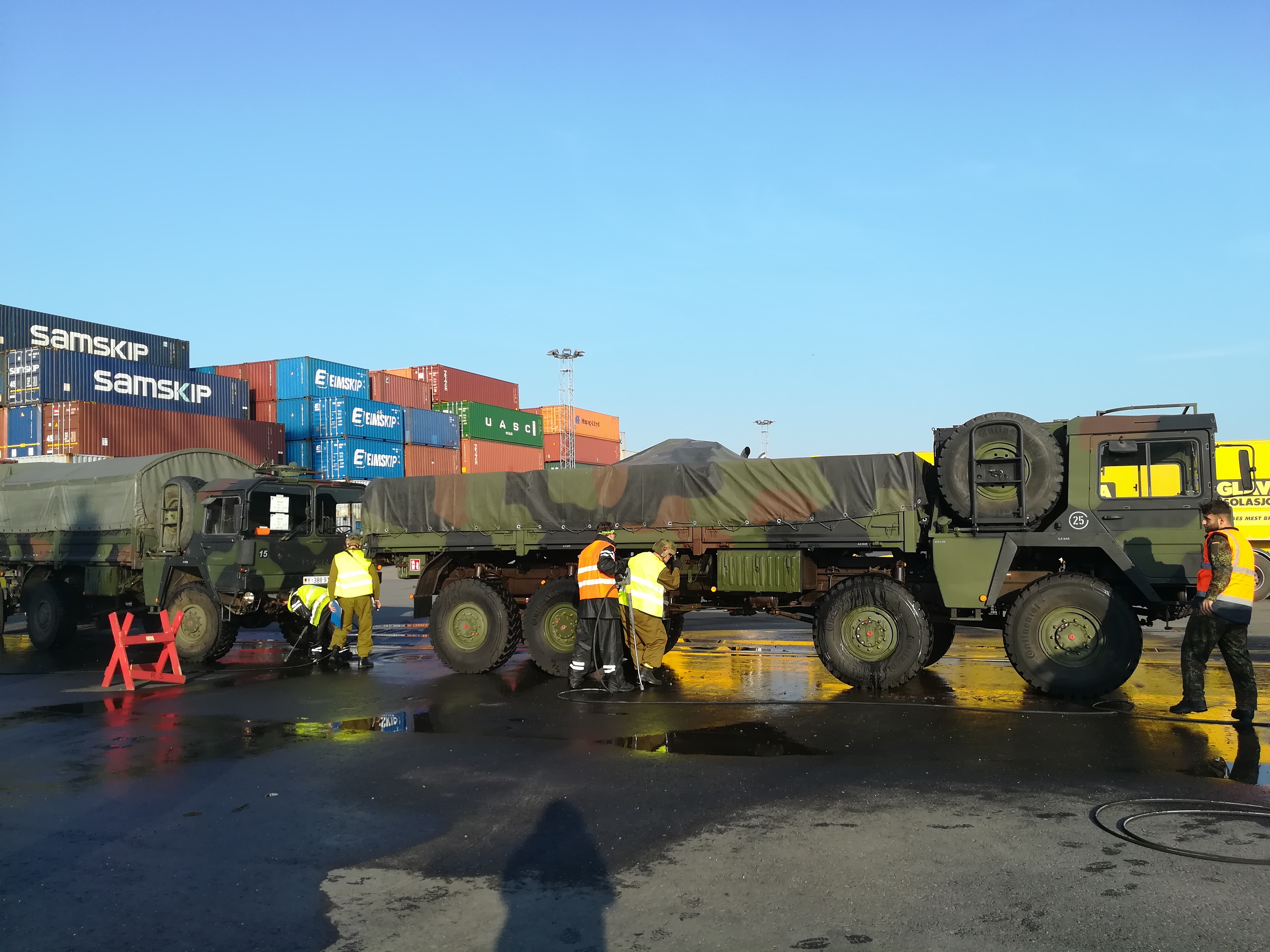
Next stop: Rena station
Once everything has been inspected and cleaned, the trucks can leave on their own, but heavy equipment must be loaded onto transport tanks. It is once again a real exercise for the troops, and coordination between Dutch, Poles and Germans. A Leopard tank, which the Dutch troops are used to because they use them, will take five minutes to load, unlike a Marder, unknown to the battalion. But " it gives them exercise ". They will then all be taken to the nearest train station and then be transported to their destination, 150 km north of Fredrikstad: Rena.
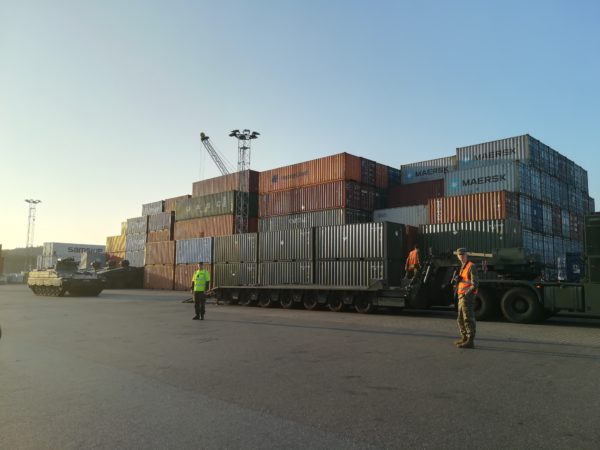
(Aurelie Pugnet)
